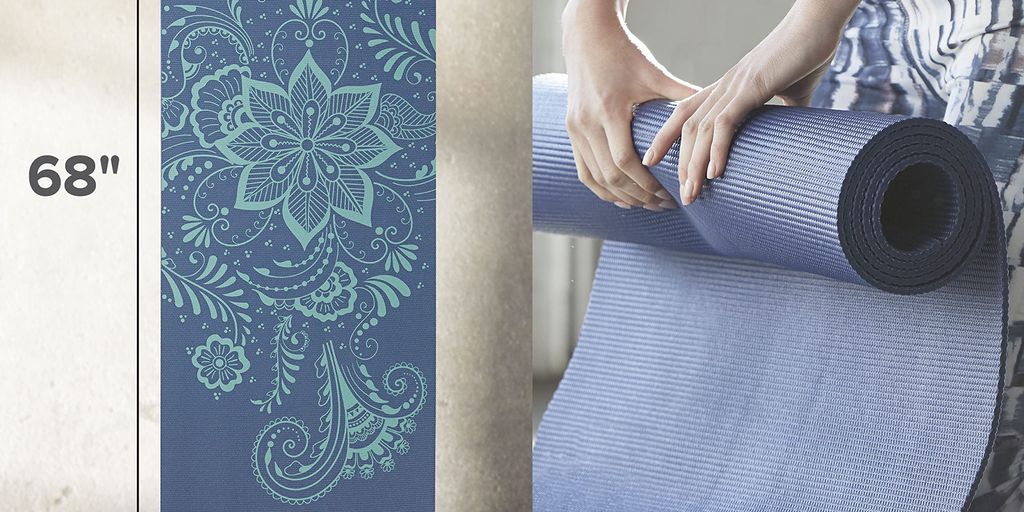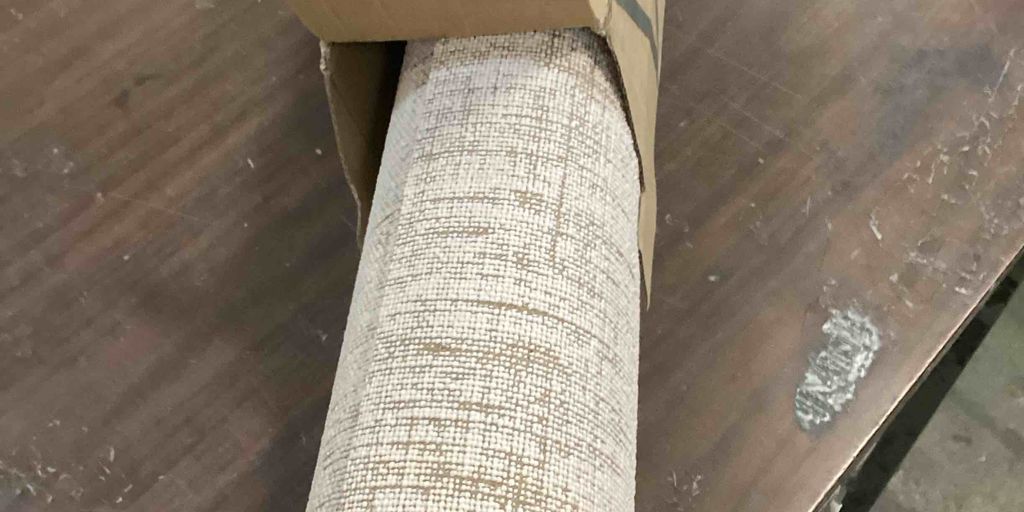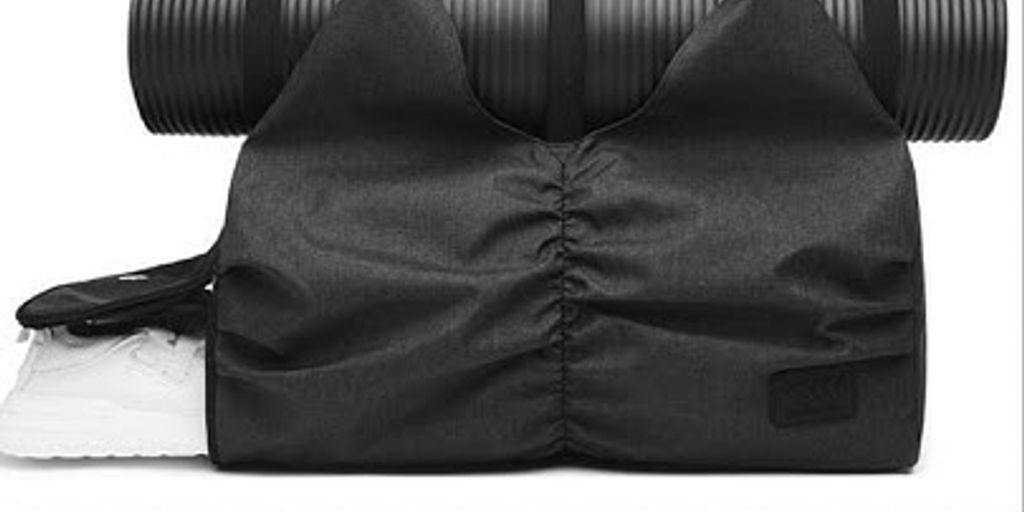
Choosing the Best Yoga Mat: Why Thickness Matters
Choosing the right yoga mat can make a big difference in your practice. One important factor to consider is the thickness of the mat. The thickness can affect your comfort, balance, and overall experience. In this article, we'll explore why the thickness of a yoga mat matters and how to pick the best one for your needs.
Key Takeaways
- Yoga mat thickness plays a crucial role in comfort and support during practice.
- Thicker mats offer better joint protection but may be harder to carry and store.
- Thinner mats are easier to transport but might not provide enough cushioning for some practices.
- Different yoga styles may require different mat thicknesses for optimal performance.
- Material and price are also important factors to consider when choosing a thick yoga mat.
Understanding Yoga Mat Thickness
What is Yoga Mat Thickness?
Yoga mat thickness refers to how thick the mat is, usually measured in millimeters or inches. Choosing the right thickness for your yoga mat is crucial for comfort and support. Thicker mats offer more cushioning, while thinner mats provide a closer connection to the ground.
Standard Thickness Options
Yoga mats come in various thicknesses, typically ranging from 1/16 inch to 1/4 inch. Here’s a quick look at the common options:
- 1/16 inch (1.5mm): Ultra-thin and lightweight, ideal for travel.
- 1/8 inch (3mm): Standard thickness, offering a balance of comfort and stability.
- 1/4 inch (6mm): Thicker option, providing extra cushioning for joints.
How Thickness Affects Your Practice
The thickness of your yoga mat can significantly impact your practice. Thicker mats offer more comfort and support, which is great for gentle or restorative yoga. However, they might make balancing poses more challenging. Thinner mats, on the other hand, allow for better stability and are often preferred for more dynamic styles of yoga.
When selecting the thickness, consider your yoga style, body weight, and practice frequency. This will help you find the perfect balance between comfort and stability.
Benefits of a Thicker Yoga Mat
Enhanced Comfort and Support
A thicker yoga mat provides extra cushioning, making it more comfortable for your body during poses. This added comfort can help you focus better on your practice instead of feeling the hard floor beneath you. It’s especially helpful for poses that require you to be on your knees or elbows.
Joint Protection
Using a thicker mat can protect your joints from strain and injury. The extra padding helps absorb impact, which is crucial for people with sensitive joints or those recovering from injuries. This means you can practice yoga more safely and with less pain.
Better Balance and Stability
A thicker mat can also improve your balance and stability. The extra material provides a more stable surface, which can be beneficial for standing poses and balance exercises. This can be particularly useful for beginners who are still working on their balance and coordination.
A thicker yoga mat can make your practice more enjoyable and safer, especially if you have joint issues or prefer a softer surface.
Drawbacks of a Thicker Yoga Mat
Portability Issues
Thicker yoga mats can be a hassle to carry around. They are bulkier and heavier, making them less convenient for those who travel frequently or commute to their yoga classes. If you need to move your mat often, a thicker mat might not be the best choice.
Storage Concerns
Storing a thicker yoga mat can also be tricky. These mats take up more space, which can be a problem if you have limited storage at home. You might find it challenging to keep your mat in a small closet or under your bed.
Potential Balance Challenges
While thicker mats offer more cushioning, they can sometimes make it harder to balance. The extra padding can create an unstable surface, which might be difficult for poses that require a lot of balance. Beginners might find it especially tough to maintain their poses on a thicker mat.
When choosing a yoga mat, it's important to consider how often you'll need to carry it, where you'll store it, and how it will affect your balance during practice.
Choosing the Right Thickness for Your Yoga Style
Gentle and Restorative Yoga
For gentle and restorative yoga, a thicker mat is often the best choice. These styles focus on slow movements and long holds, so extra cushioning can make a big difference. A mat that is about 1/4 inch thick can provide the comfort and support you need for these relaxing practices.
Intense and Dynamic Yoga
If you practice intense and dynamic yoga styles like Vinyasa or Ashtanga, a thinner mat might be more suitable. These styles involve a lot of movement and balance, so a mat that is around 1/8 inch thick can help you stay stable and connected to the floor. Choosing the right thickness for different yoga styles can greatly enhance your practice.
Travel and On-the-Go Yoga
For those who travel frequently or like to practice yoga on the go, a lightweight and portable mat is essential. Travel mats are usually thinner, around 1/16 inch thick, making them easy to fold and carry. While they may not offer as much cushioning, they are convenient for quick sessions wherever you are.
Finding the perfect yoga mat thickness for your practice can make a significant difference in your overall experience. Consider your yoga style and personal needs when making your choice.
Material Considerations for Thick Yoga Mats
Eco-Friendly Materials
When choosing a thick yoga mat, it's important to think about the environment. Many mats are made from PVC, which is not eco-friendly. Instead, look for mats made from natural rubber, jute, or cork. These materials are better for the planet and often provide a good grip.
Durability and Longevity
A thick yoga mat should last a long time. Durable materials like natural rubber or high-density foam can withstand regular use without wearing out quickly. This means you won't have to replace your mat often, saving you money in the long run.
Texture and Grip
The texture of your yoga mat affects how well you can hold poses. Mats with a textured surface can provide better grip, which is especially important for sweaty practices. Smooth mats might feel nice, but they can be slippery. Choose a mat with a texture that matches your practice style for the best experience.
Picking the right material for your yoga mat can make a big difference in your practice. Consider eco-friendliness, durability, and texture to find the perfect mat for you.
Price vs. Quality in Thick Yoga Mats
Budget-Friendly Options
For those new to yoga or on a tight budget, there are plenty of affordable thick yoga mats available. These mats often provide the basic comfort and support needed for a good practice. However, they might not last as long or offer the best grip. It's important to balance cost with essential features to ensure you get a mat that meets your needs.
Mid-Range Choices
Mid-range yoga mats strike a balance between cost and quality. They usually offer better durability and improved grip compared to budget options. These mats are a great choice for regular practitioners who want a reliable mat without breaking the bank. Look for mats made from high-quality materials that can withstand frequent use.
High-End Investments
For those willing to invest more, high-end yoga mats offer superior comfort, support, and longevity. These mats are often made from eco-friendly materials and provide excellent grip and cushioning. While the initial cost is higher, the long-term benefits can make it a worthwhile investment for serious yogis.
When choosing a yoga mat, consider how often you'll use it and what features are most important to you. A higher price tag often means better quality, but it's essential to find a mat that fits your specific needs and practice style.
When choosing a thick yoga mat, it's important to balance price and quality. A more expensive mat often means better materials and durability, but there are also affordable options that offer great performance. To find the perfect mat for your needs, visit our website and explore our wide range of yoga mats.
Conclusion
Choosing the right yoga mat is more than just picking a color you like. The thickness of the mat plays a big role in how comfortable and safe your yoga practice will be. Thicker mats can give you more cushioning, which is great for your joints, but they might make balancing poses harder. Thinner mats can help you feel more stable, but they might not give you enough padding. Think about what you need most from your mat. Do you need more support for your knees and elbows, or do you need to feel steady in your poses? By understanding why thickness matters, you can pick a mat that helps you get the most out of your yoga practice.
Frequently Asked Questions
What thickness should I choose for my yoga mat?
The right thickness depends on your yoga style and personal comfort. For gentle yoga, a thicker mat can provide more cushioning. For dynamic styles, a thinner mat might offer better stability.
Are thicker yoga mats better for joint protection?
Yes, thicker mats offer more padding, which can help protect your joints during poses, especially on hard floors.
Do thick yoga mats affect balance?
Thicker mats can sometimes make balancing poses a bit harder because they are softer. You might need to practice more to get used to it.
Are thick yoga mats hard to carry around?
Thicker mats can be bulkier and heavier, making them less convenient to carry. If you travel a lot, you might prefer a thinner, more portable mat.
What materials are best for thick yoga mats?
Eco-friendly materials like natural rubber are great because they are durable and provide good grip. Always check for materials that suit your needs.
Is it worth spending more on a high-quality thick yoga mat?
Investing in a high-quality mat can be worth it if you practice yoga regularly. They tend to last longer and offer better comfort and support.


